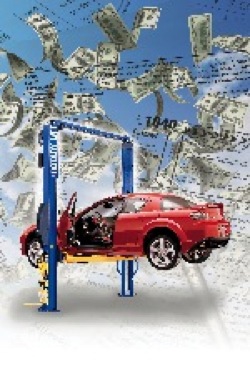The statement you receive from your credit card processing company every month or quarter contains a lot of complex information. There are words and numbers everywhere that may or may not mean what you think. Understanding your statement, what you are being charged and why is critical to being an informed shop owner and may even save you a lot of money.
From my experience, cars and companies have a lot in
common when it comes to keeping them running smoothly
and achieving top performance. The owner’s manual for any business is the strategic plan that has been developed. The
gauges are the financial reports that are generated on a daily, weekly, monthly, quarterly and annual basis.
Some business owners and managers continue to be stuck in the past. They fail to realize by squeezing out the last drop of productivity, cutting their overhead to the bare bones, trying to cut costs, working harder, and continuing to do business the same way with the same old customers and the same projects won’t cut it today.
Almost every shop owner can recall what he/she paid for a
piece of capital equipment in his/her shop. Smart shop owners
can even tell what year of depreciation a piece of capital
equipment is in, and how much was claimed on the shop’s taxes. But, a recent rewriting of the tax code has changed this practice.

“Cash moves everything around me.” It’s a common thought for many automotive repair shop owners. Cash flow is one of the biggest and most important challenges many business people face, especially in the service business. Capital equipment payments and rent are both expensive, not to mention parts purchases and payroll.
